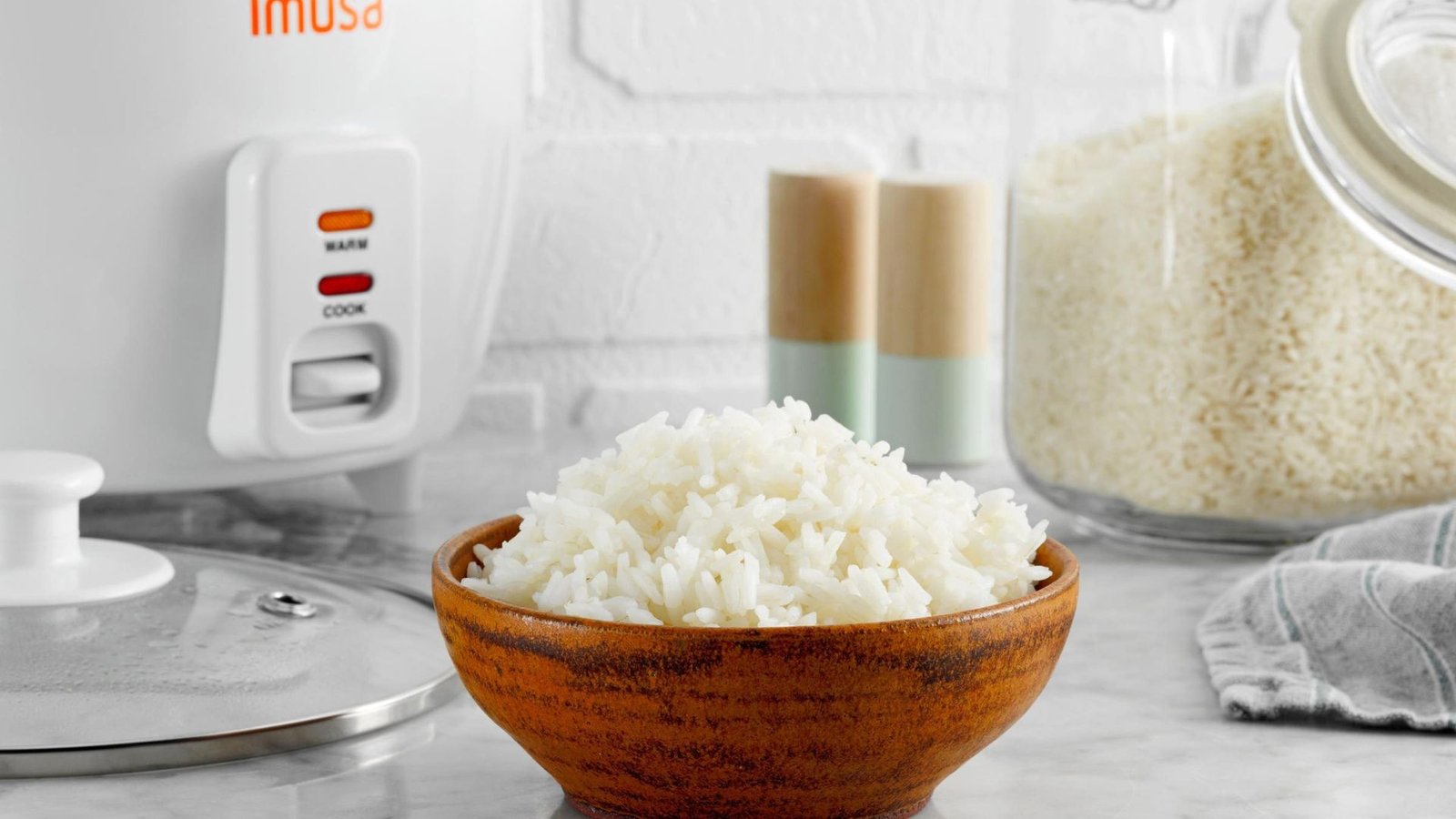Have you ever wondered why some food combinations just work, while others fall flat? The secret lies in the science of flavor pairings. By understanding the chemical compounds in foods and how they interact, you can create harmonious dishes that tantalize the taste buds. This blog explores the principles behind flavor pairings and provides practical tips for combining ingredients to elevate your cooking.
The Basics of Flavor
Before diving into pairings, it’s essential to understand the components of flavor:
- Taste: The basic sensations of sweet, sour, salty, bitter, and umami.
- Aroma: The scent of food, which plays a significant role in flavor perception.
- Texture: The physical feel of food, influencing how flavors are experienced.
Why Certain Flavors Pair Well Together
- Shared Compounds
Ingredients that share similar aromatic compounds often pair well. For instance, strawberries and basil both contain methyl cinnamate, making them a surprising but delightful duo. - Contrast
Opposites attract in flavor pairings. Sweet balances sour, salty enhances sweet, and bitter can complement rich, fatty foods. - Cultural Context
Traditional cuisines worldwide rely on tried-and-true combinations. Think tomatoes and basil in Italian cooking or soy sauce and ginger in Asian cuisine.
The Role of Aroma in Flavor Pairings
Aroma accounts for up to 80% of what we perceive as flavor. Pairing ingredients with complementary aromatic profiles can transform a dish. For example:
- Citrus and Herbs: Lemon pairs beautifully with thyme or dill due to shared bright, fresh notes.
- Chocolate and Spices: Cocoa’s earthy aroma matches well with cinnamon or chili.

Practical Tips for Flavor Pairing
- Use the Flavor Wheel
Flavor wheels are tools that map out taste and aroma categories. Start with a primary ingredient and find complementary or contrasting options on the wheel. - Experiment with Aromatics
Add depth to dishes by experimenting with herbs, spices, and flavored oils. For example, combine nutmeg with creamy sauces for a warm, complex finish. - Start with Simple Combos
Some classic pairings are foolproof and easy to master:- Cheese and Honey: Salty and sweet in perfect harmony.
- Apple and Cinnamon: A timeless sweet-and-spicy combination.
- Lemon and Garlic: Bright acidity balances the pungency.
Popular Flavor Pairings and Why They Work
- Peanut Butter and Chocolate
- Why It Works: The salty richness of peanut butter complements the sweet, creamy notes of chocolate, creating balance and indulgence.
- Tomato and Basil
- Why It Works: Basil’s peppery and slightly sweet aroma enhances the acidity and umami of tomatoes.
- Pork and Apples
- Why It Works: The sweetness of apples cuts through the richness of pork, creating a balanced bite.
- Coffee and Cardamom
- Why It Works: The spicy warmth of cardamom elevates coffee’s bitter and roasted notes.
- Mango and Chili
- Why It Works: The sweetness of mango softens the heat of chili, creating a vibrant flavor contrast.
Tools for Experimenting with Flavor Pairings
- Flavor Pairing Apps
Apps like Foodpairing and Flavor Bible provide extensive databases of ingredient matches. - Taste Testing
Taste ingredients individually and then together to understand their interactions. - Cooking Classes
Participate in culinary workshops focused on flavor development and pairing techniques.
Flavor Pairing Pitfalls to Avoid
- Overpowering Flavors: Avoid combining too many dominant flavors, as they may clash or overwhelm.
- Ignoring Texture: A mismatch in textures can detract from the overall experience, even if the flavors work.
- Forgetting Salt: Salt enhances flavors and is often the missing link in failed pairings.
Conclusion
The science of flavor pairings is as much about creativity as it is about chemistry. By understanding the principles behind why certain flavors work together, you can transform your cooking from ordinary to extraordinary. Whether experimenting with new combinations or perfecting classics, let your taste buds guide you toward culinary success.




